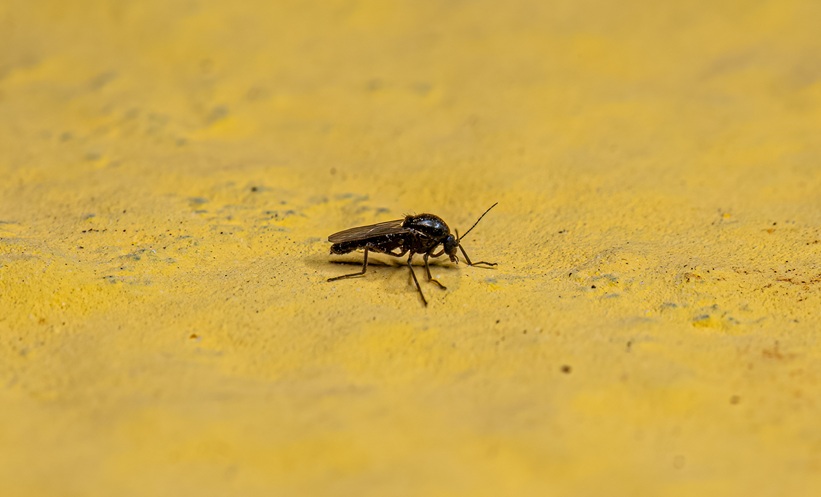A LARGE-scale serological and modelling study has identified key predictors of Oropouche virus (OROV) transmission risk across Latin America, providing insights into the unprecedented 2023–24 outbreak and highlighting the role of climatic drivers in virus spread.
Researchers retrospectively analysed 9,420 anonymised serum samples collected between 2001–2022 from six Latin American countries: Bolivia, Brazil, Colombia, Costa Rica, Ecuador, and Peru. OROV-specific IgG and IgM antibodies were detected using nucleoprotein-based ELISAs. Positive IgG samples were further validated using plaque reduction neutralisation testing (PRNT) against related viruses and three OROV strains, including a Cuban isolate from the current outbreak. Epidemiological and environmental data were integrated with serological findings using MaxEnt machine learning to generate spatial risk maps. Additional modelling assessed demographic influences and antigenic variation, supported by antigenic cartography and phylogenetic analyses.
The overall IgG antibody detection rate was 6.3% (95% CI: 5.8–6.8), with notable regional variation. Modelled transmission risk was highest in the Amazon basin, southern and coastal Brazil, and parts of Central America and the Caribbean, aligning closely with 2023–24 outbreak data reported by the Pan American Health Organization. The serology-based model yielded stronger predictive performance (AUC: 0.79, 95% CI: 0.78–0.80) than the presence-only, incidence-based model (AUC: 0.66, 95% CI: 0.65–0.66). Serological risk maps showed a significant positive correlation with 2024 state-level incidence (p=0.0003). Climate variables contributed over 60% to both models’ predictive accuracy, implicating environmental factors as primary drivers of OROV emergence, likely intensified by extreme weather events in 2024. Antigenic characterisation confirmed strong correlation of PRNT titres across OROV strains (r>0.83; p<0.0001), distinguishing them from related glycoprotein reassortants, which displayed distinct antigenicity.
These findings confirm ongoing but variable circulation of OROV in endemic areas and emphasise the importance of climate as a modulating factor. Enhanced diagnostic capacity, surveillance, and vector control, guided by robust serological and spatial modelling, are essential for effective outbreak preparedness and response.
Reference
Fischer C et al. The spatiotemporal ecology of Oropouche virus across Latin America: a multidisciplinary, laboratory-based, modelling study. Lancet Infect Dis. 2025; DOI: 10.1016/S1473-3099(25)00110-0.








